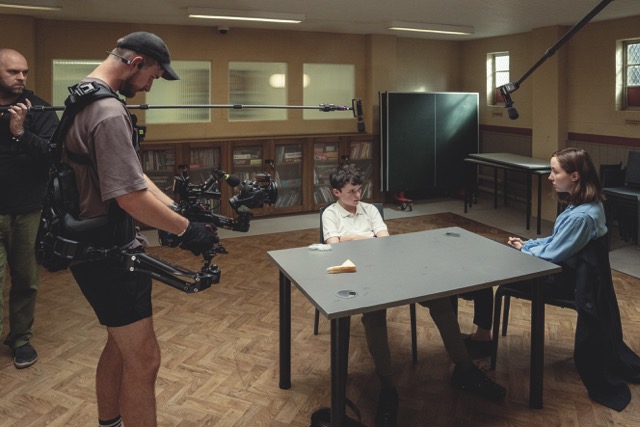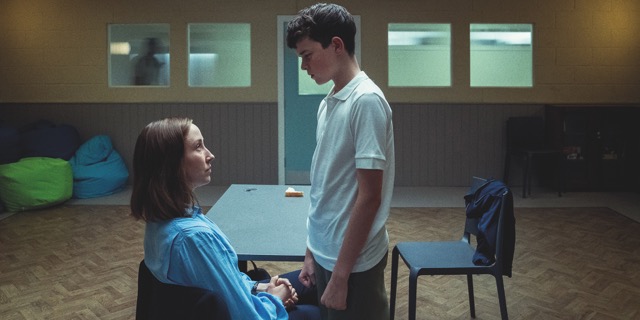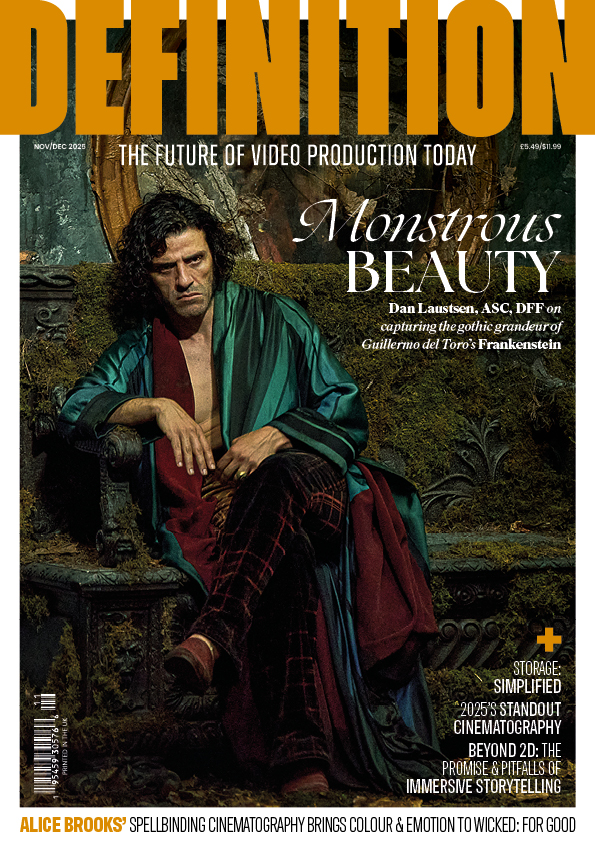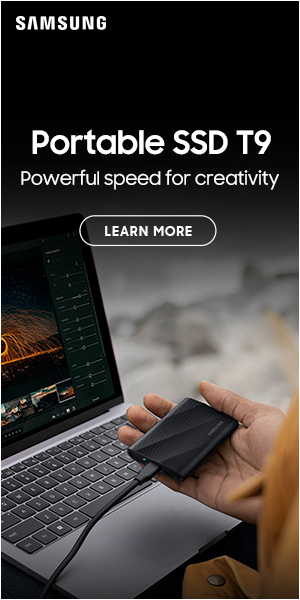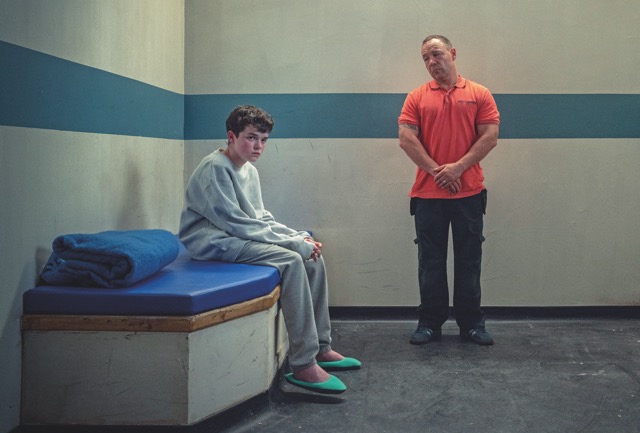
Adolescence is a one shot wonder
Posted on May 12, 2025 by Admin
Nicola Foley sits down with Adolescence DOP Matt Lewis to get the inside scoop on the one-take show everyone is talking about
Images Ben Blackall/Netflix
When a seemingly sweet 13-year-old boy is accused of murdering a girl he goes to school with, his family and the police in charge of the investigation are left grappling for answers. While unravelling what really happened, new Netflix drama Adolescence plunges us into a world of toxic masculinity, cyberbullying, incel culture and the rise of odious online figures like Andrew Tate. With the latter’s name recently cited in the chilling crossbow killer case, this shattering show feels more urgent than ever, tapping into the insidious impact of social media on young minds and giving parents everywhere a horrifying glimpse of what their kids might be up to online.
Created by Jack Thorne and Stephen Graham, and directed by Philip Barantini with Matt Lewis as DOP, it’s been nothing short of a global phenomenon. It’s rare for a show to become a genuine water-cooler topic these days, but Adolescence has done exactly that – as much for its filmmaking approach as its content. It made ratings history as the first UK streaming series to top the weekly British TV chart (with nearly 6.5 million viewers tuning in for the first episode alone), and it’s sparked a global conversation, been dissected in Parliament, on podcasts and in papers, as well as receiving pretty much unanimous praise from critics and viewers (at time of writing it’s sitting at a holy grail 100% on Rotten Tomatoes).
Adolescence isn’t just emotionally devastating, it’s also technically incredible. As is well documented, each one of the show’s four episodes was shot as a single, continuous take: no cuts, no stitching scenes in post – and one hell of a challenge for the people making it.
Serving the story
There’s always a danger that a technique like this will hog focus, or worse, feel like a gimmick; a chance to show off skills without adding much worth for the audience. But for DOP Matt Lewis (and almost everyone else seems to agree), the one-shot approach was exactly right for Adolescence’s unflinching storytelling.
“It doesn’t work in every scenario, and I never want to force a one-shot because it limits you massively,” he begins. “Not just in geography and time – and lack of editing – but the way the camera moves, you can really only see one person at a time during a conversation, so you need to be sure it’s going to work. But what it does super well is create a slow cranking of tension. It has this relentlessness.
“Ultimately, if you remove the action from a one-shot,” he continues, “it starts to become unsettling. It’s bubbling all the time. You don’t get a break, you’re always holding your breath.”
Unlike in traditional filmmaking, where a scene might cut to a wide establisher to provide a moment of relief, the one-shot never allows the viewer to fully relax: “It works well when you want this unsettled feeling, but you couldn’t apply it to a light-hearted scenario because you can’t uncrank it once you’re in it. In a one-shot, even the act of moving backwards feels like the end of the show. You can only spiral in until the blocking changes; it was a big challenge.”
Adolescence was conceived of as a one-shot piece, so the approach was baked into the structure of the storytelling right from the start. Writer Jack Thorne describes it as an ‘unblinking eye’ that forces the audience directly into the world of the characters, and it’s extremely effective in this context, giving a feeling of real-time immersion in the drama.
It’s impossible not to marvel at some of the feats the team pulled off, like the opening sequence, which takes us through the arrest, bashing down the door to teenage Jamie’s home at dawn, ripping him out of bed, bundling him into the police car and driving to the station where he’s questioned. Or in episode 2, when the camera goes straight from the ground to airborne, transitioning seamlessly into a drone shot – achieved with the help of The Helicopter Girls – to float the viewer from the school to the harrowing crime scene, swooping back down to ground level to show Jamie’s dad (Stephen Graham) laying flowers.

Backbreaking challenges
While it makes for incredible telly, the mind-blowing ambition of the one-take formula presented ongoing challenges during production. The team battled with signal issues, technical failures and the relentless physical toll of capturing the performances playing out in full each take. The process was one of continual problem-solving, says Lewis, and there were many moments when he wasn’t sure they could pull it off. One memory sticks out in particular: “In episode 3, I was the sole camera operator because there was no place to easily transfer the camera. I wanted it to be extremely steady. The only way to do that on our camera (the DJI Ronin 4D-6K) was with a steady arm, which is tricky to dismantle and transfer to somebody else. Shooting that for me was physically awful – it felt like my spinal column was collapsing in on itself. I thought I might faint at times.”
So many things could go wrong and kill a given take, meaning everyone would have to go back to square one. If the focus puller couldn’t pull focus it was game over, if the AD couldn’t perfectly cue the SAs or coordinate the cast around corners, the shot would fall apart. But through constant troubleshooting, ‘we made it work’, grins Lewis. “There was a bit of blind faith in thinking we’d find a way. We had such a good team that I was confident we’d be able to work through it all. We knew we were doing something ridiculously ambitious, so we expected problems. It sort of fortified us.”
One thing that made the process exponentially smoother was the fact that Thorne, Barantini, Graham and Lewis had worked closely together on Boiling Point, a feature-length one-shot film, in 2021. Ever since they made that, Graham had his eye on doing another oner-based project, eventually reaching out to Thorne in autumn 2022 with an idea. Inspired by a series of real-life reports of young boys in the UK being involved in knife crime, Graham wanted to zone in on the topic – and he wanted to get the Boiling Point band back together.
“I think I was always the person they wanted to do Adolescence, so I didn’t have to do much pitching myself,” recalls Lewis. “I’d done a few ‘normal’ jobs for TV since Boiling Point, but I was so happy to jump back into the one-shot format because it’s just really exciting – when it’s not really stressful that is…”
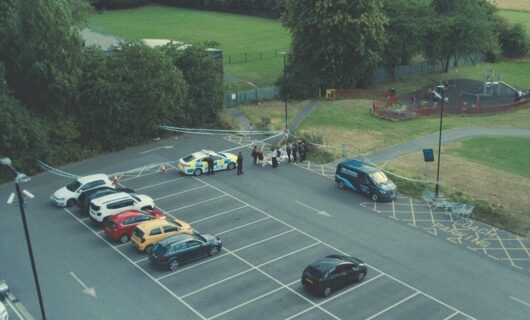
Laying the groundwork
He was brought on ‘exceptionally early’ for an intense prep phase, involving close collaboration with the director and art department from the get-go. “Normally, the location, director and art team are the first to start, but I started with them,” Lewis explains. Since the one-shot format made camera movements so integral, it had to be considered from the very beginning: “If we were looking at a location that wouldn’t work technically, we had to know about it,” he says.
To plan out the complex camera paths, he created top-down drawings of each location on his iPad, using Shot Designer, animating the movement of both the camera and the actors. “It’s essentially a map,” he explains, “so you can see where everyone is and how they will interact – you can’t do a written shot list for this kind of thing.”
This phase was both collaborative and iterative. Lewis and the team broke down each episode into sections – the raid, the convoy, the police station – and meticulously plotted them out.
“We’d be there in the spaces, walking up and down, working out the beats,” he explains. The blocking constantly evolved, especially for delicate sequences like the security office in episode 3. “We changed the blocking so many times until it felt super smooth,” he says.
“It was really important to have the camera movements be motivated by the actors. The second I started panning around or walking off by myself, it was in danger of looking like a documentary. It had to feel floaty and blend in – you were never supposed to think about the camera as actually being there.”
Rehearsals were equally rigorous. Each episode was allotted two weeks of rehearsals followed by a week of shooting. The first week was dedicated mainly to blocking without much camera work, instead focusing on mapping out the performances. “We had lots of beat sheets and I was constantly rejigging the way people moved,” Lewis explains. The second week became more technical, incorporating the camera and refining the flow. “By the end of that week, you want to be able to get full takes in, even if you have to stop and start.”
Once they began filming, they aimed for two full takes a day, allowing time for resets and review. “We were relentlessly working stuff out during rehearsals but, weirdly, once we got into the week of shooting things slowed down a bit. There was time for reviewing and refinement.”
The question on every filmmaker’s mind: is Adolescence truly a oner? Is each episode genuinely a seamless, uninterrupted shot from start to finish, or are there any subtle stitches or sneaky transitions tucked discreetly into the slick choreography? According to Lewis, the answer is a firm no. “There were moments I wished we had!” he admits – especially during the gruelling episode 3 shoot. “I was thinking, surely we should just split this into two sections and wipe past a wall for a nice little transition!” But everyone on-set had bought into the goal of getting what they needed in a single, uninterrupted take. Though he had certain backup plans in his head – moments where the camera’s speed, angle or a convenient vertical line might have allowed for a seamless cut – he never voiced them.
“Once you start to say these things out loud, everyone’s like, ‘maybe we should do that to make it easier’ – and then you’ve sort of lost.”
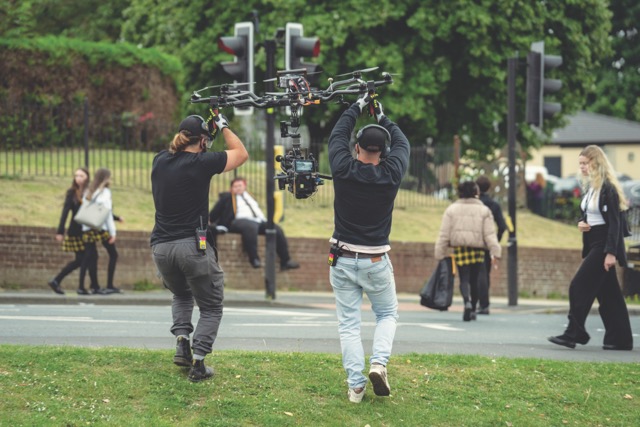
The camera that saved the day
Finding a kit set-up that was compact, versatile and completely reliable was another challenge. After a lot of testing, Lewis chose DJI’s Ronin 4D system, paired with Cooke’s 32mm SP3 lens. Sitting at the prosumer end of the market, the Ronin might seem a surprising choice for such a high-profile project, but he’s full of praise for how it performed. “I didn’t want it to be handheld; four nauseating episodes of me bumbling around!” he laughs. “It needed to have a gimbal, and this had everything; it’s a tiny camera we could easily pass between people or move through a window. We ran with it at full sprint and it stayed perfectly steady. We mounted it onto a steady arm, put it on a drone. With everything it had to be able to do, there’s no other system we could have used.
“A traditional gimbal of any sort would have had to be strapped to one operator the whole time – then you’re limited by physically carrying something for that long,” he continues. “There were limitations – like retaining information in the shadows – that we had to be aware of, but once we knew what they were and came up with strategies to counter them, the pros strongly outweighed the cons.”
The camera also allowed the use of variable ND filter, which made exposure control more manageable during the continuous takes, as they didn’t have to pull iris all the way through. The camera loader essentially became the exposure controller, following the operators around. “The focus puller and loader moved around together – each with a monitor. One was controlling focus, while the other was riding the variable ND, correcting for exposure differences as we moved in and out of spaces.” This real-time exposure management was especially vital in episode 4, when the crew had to navigate shifting lighting conditions. Thanks to the variable ND and close monitoring, they could retain shadow detail and smooth out the transitions in post. “It was quite a long grade because it needed it,” Lewis says, “but it meant all the information was there, so we could make adjustments if necessary.”
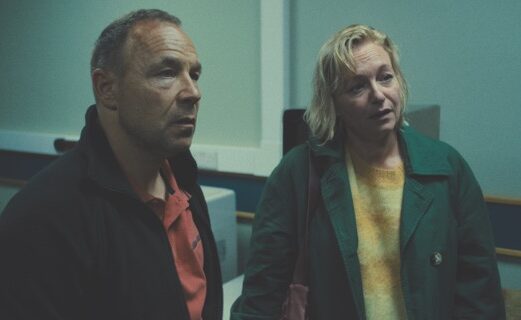
Oner to remember
Despite all the challenges faced, Lewis is open to another oner-based show or film. “I’d never say never,” he laughs. “My brain works well with this format; it just clicks for some reason, so I think I’ll keep doing them as long as I keep enjoying it and they’re being made for the right reason, with the right script.
“I don’t want to do one that’s just using it for the sake of it,” he continues. “You never want it to be about the showiness of the one-shot; it’s a mechanism for creating a feeling. I do think there’s all sorts of stories that could be told with a one-shot though; anything real time, anything with that tension, anything with that underlying nervousness.”
His biggest takeaway among ‘tons of micro lessons’, he shares, was how little you actually need to make something look good from a lighting perspective. “We didn’t have many options, but we could still shape it and be clever about blocking. So much of what you can do just comes from the world around you, practical and natural light – even just closing the curtains!
“It also reminded me how insanely important it is to have a good team around you. If we weren’t such a tight-knit group, when we’d had all these curveballs thrown at us we would have wondered why we were doing it. But everyone was so in love with the idea and so excited and invested – it was because everyone was so valued. If you show people how valued they are, you’ll get the best out of them.”
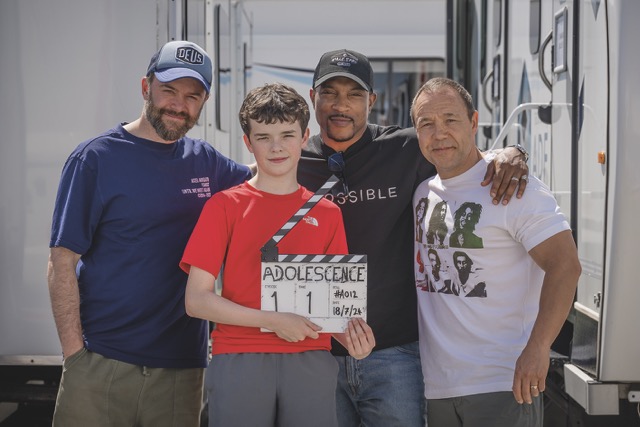
Breaking down *THAT* opening sequence!
One of the most technically demanding and intensely choreographed sequences appears at the start of episode 1, showing a convoy raid leading into the arrest of teenager Jamie (played by Owen Cooper). It began with DOP Matt Lewis starting close on DI Luke Bascombe (Ashley Walters) with the DJI Ronin 4D-6K handheld, before smoothly mounting it onto an arm attached to a tracking vehicle. From there, Lewis jumped into a separate vehicle and raced ahead to the house, arriving before the convoy. The tracking vehicle, with operator Lee Brown on the wheels, led the convoy, with the camera arm swinging, dodging all manner of lamp posts and obstacles as it tracked the vehicles. Timing was crucial, with the police van pulling up just as Lewis discreetly took over the camera, hidden behind a fence.
As the firearms unit stormed the house, Lewis switched to handheld mode, using the Ronin’s sport mode. “There’s a button you can hold down to lock the gimbal,” he explains. “It levels the horizon while keeping everything else handheld, so you don’t get that wobbly nausea.” Inside the house, the tight space also created a challenge. With the tiny staircases and narrow halls, every movement had to be flawless: “Stephen had to be flat to the wall, the police officer with the gunman had to hug the left-hand side – everything had to be perfect,” Lewis recalls. Even a minor misstep could ruin a take – forcing everyone back to the start for another run-through. “I once clipped the gimbal against a wall by a millimetre – it threw the whole thing off. It tried to reset quickly, but the take was unsalvageable. The entire episode was gone,” recalls Lewis. The precision handovers continued as the team exited the house, with Lewis carefully timing the transition from handheld back to gimbal, releasing it at just the right moment to blend the two seamlessly. He then passed it through the window of a police van, where Brown was waiting, ready to take over. With the camera now stable, they raced off towards the police station, completing the sequence in one fluid shot. Impressive stuff!
This story appears in the April 2025 issue of Definition


